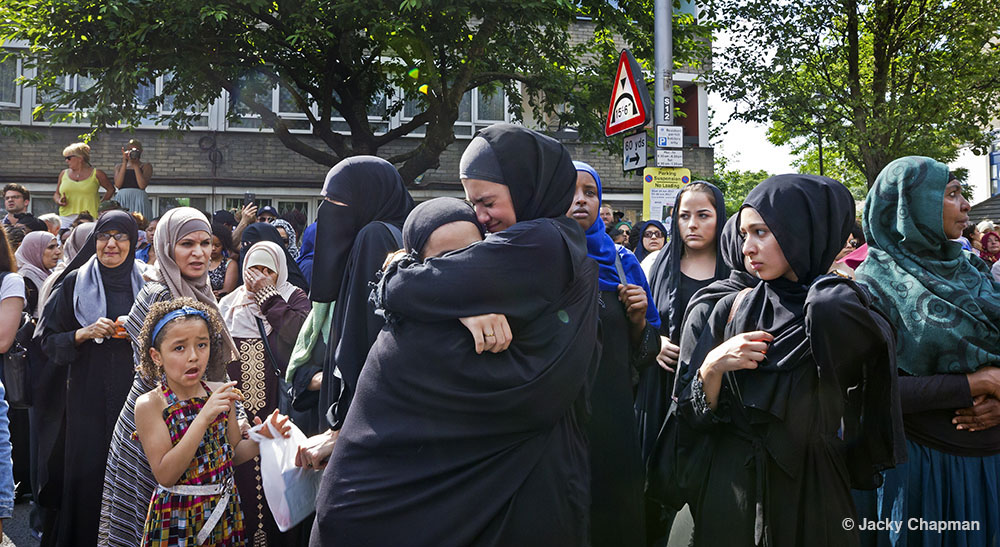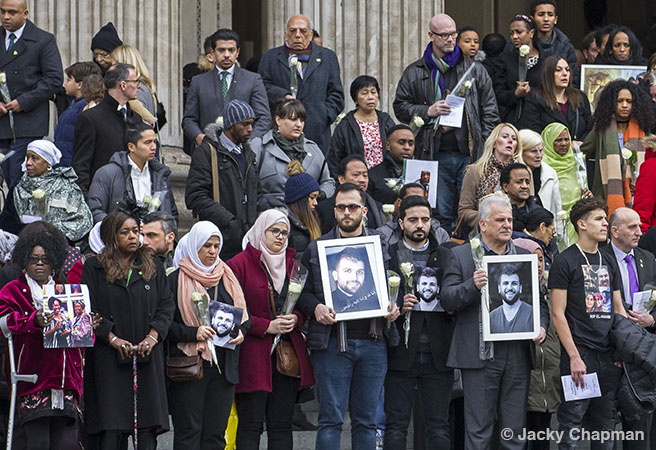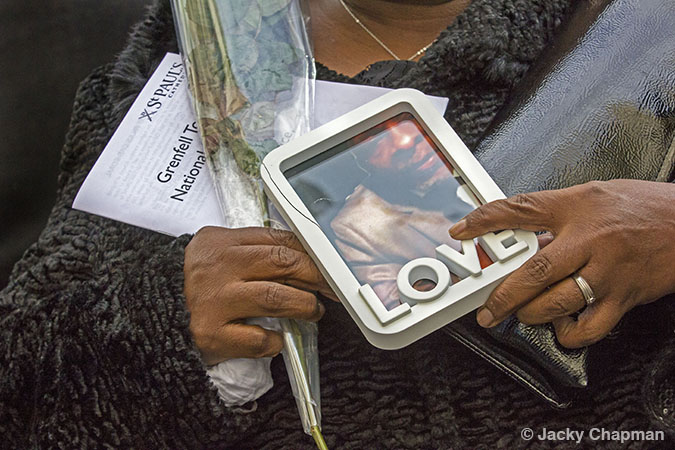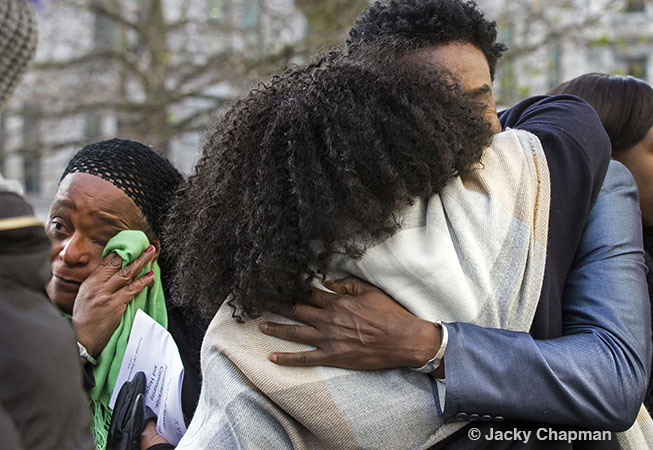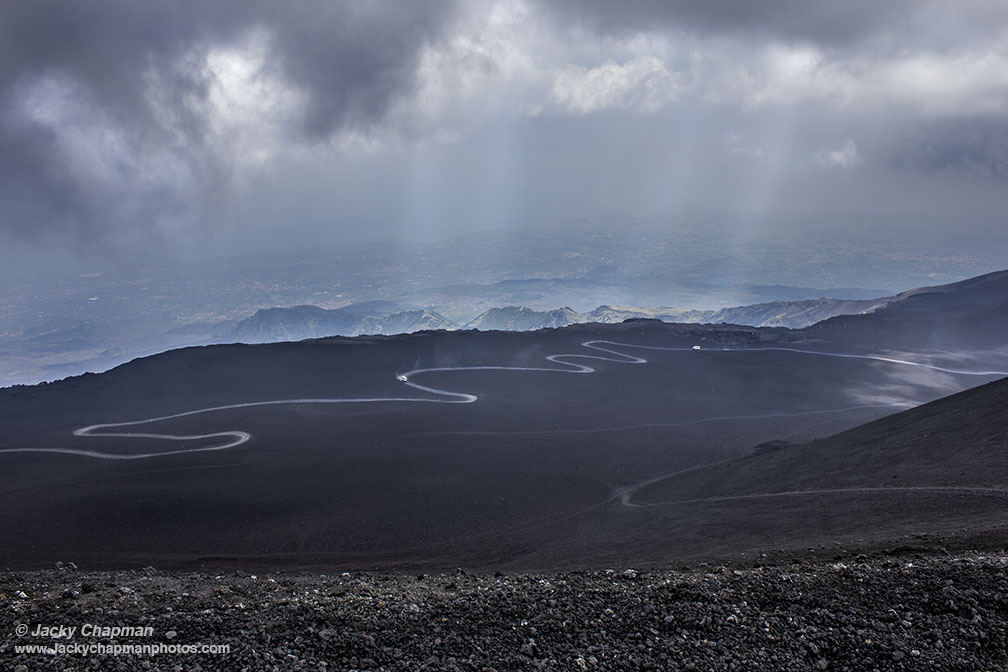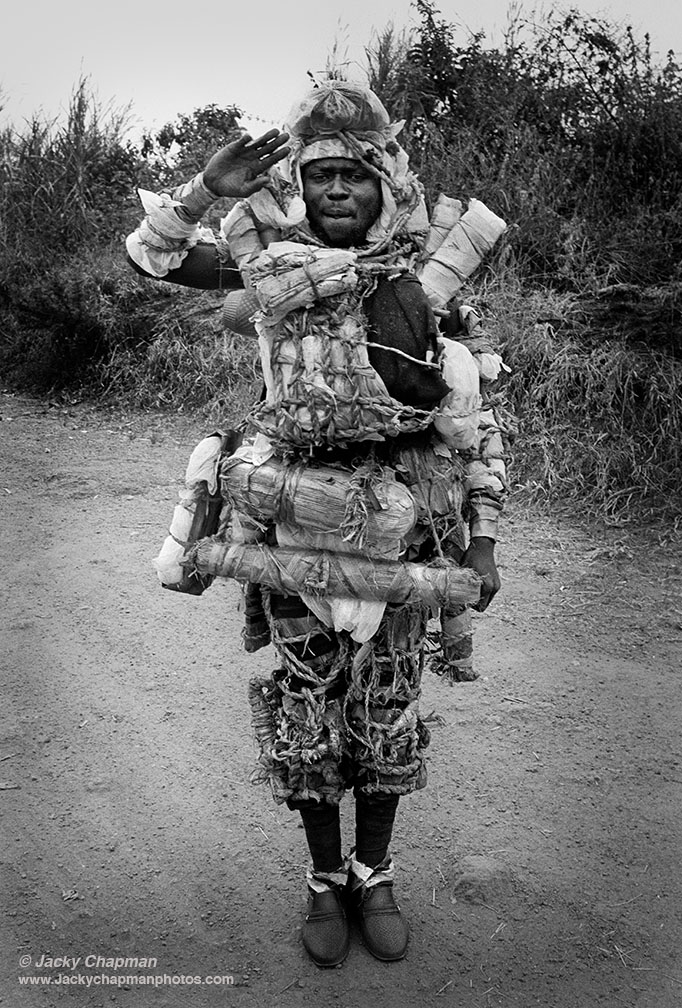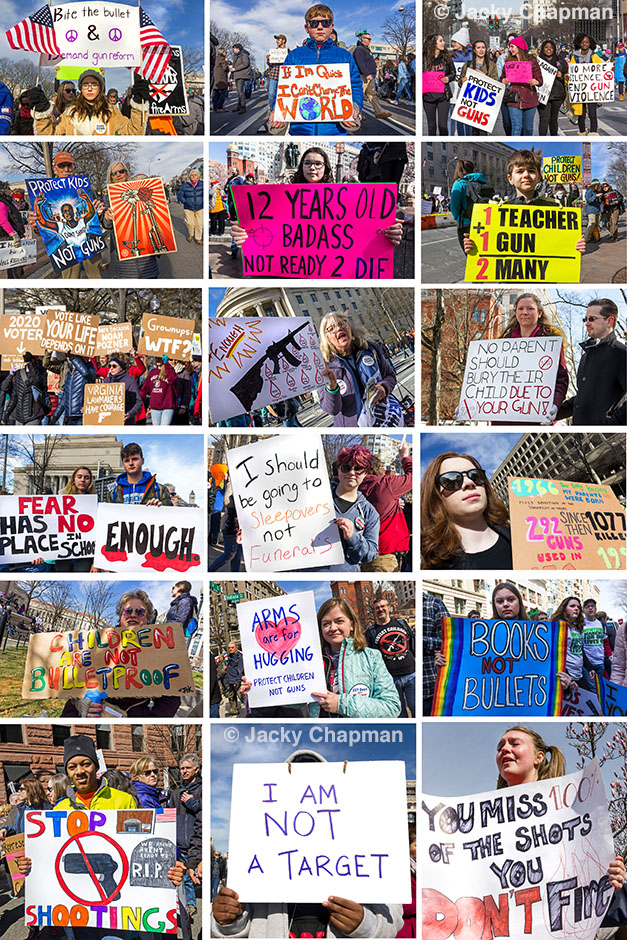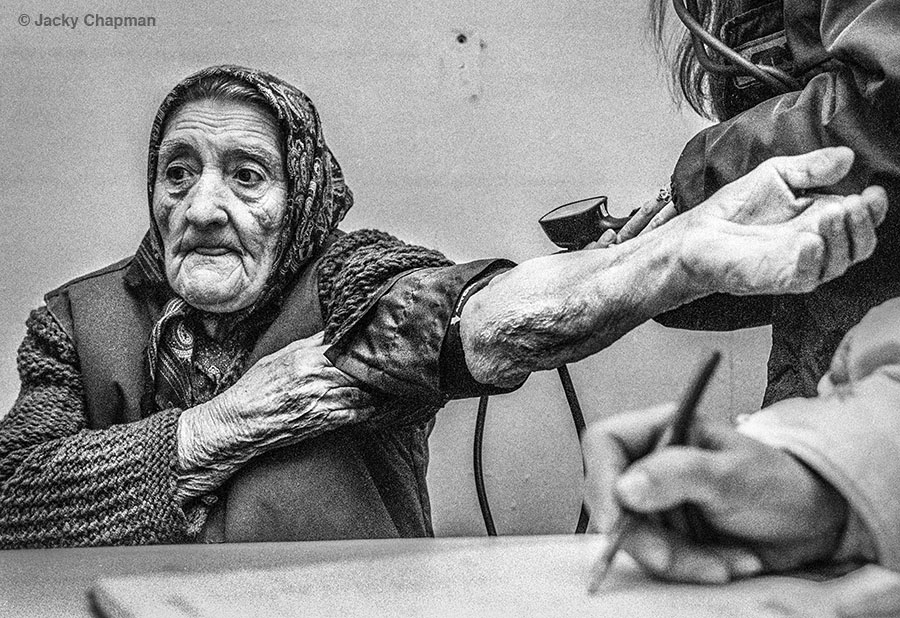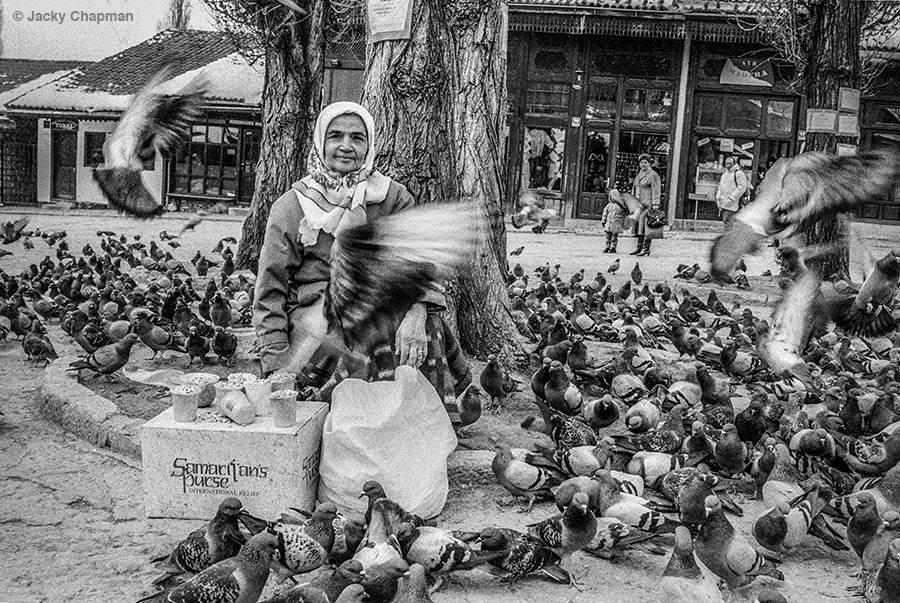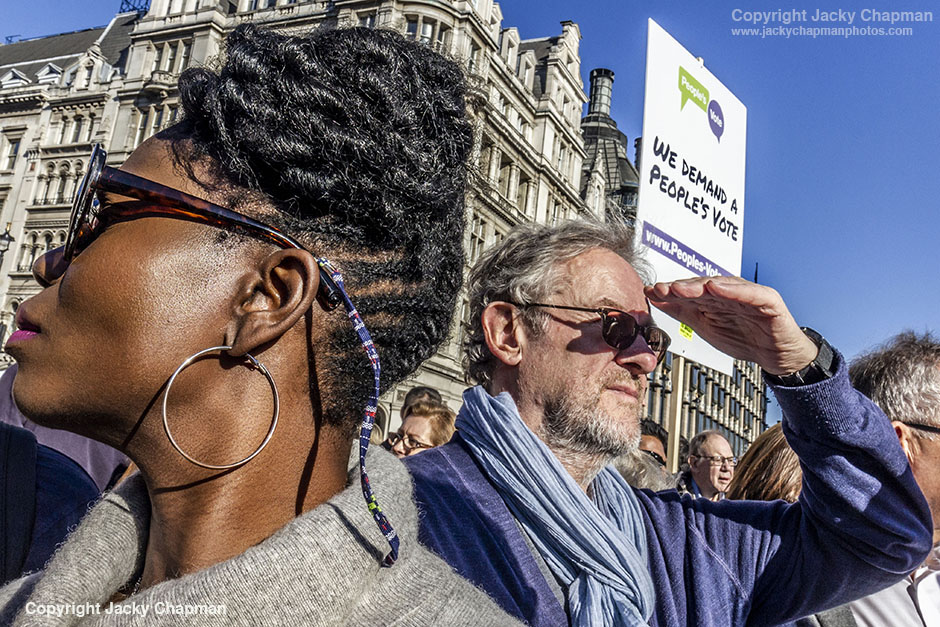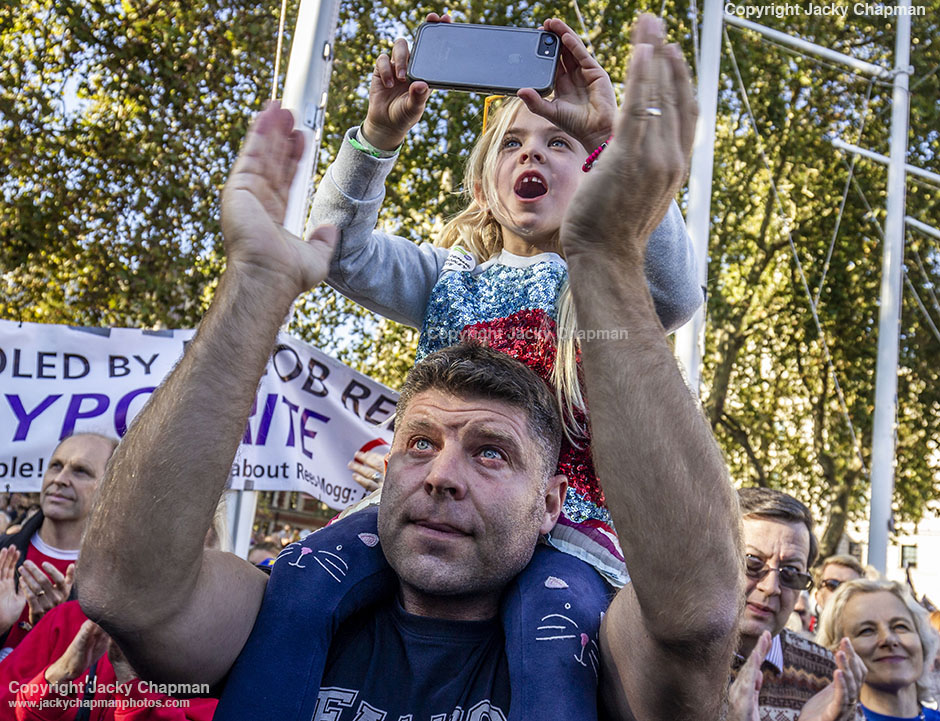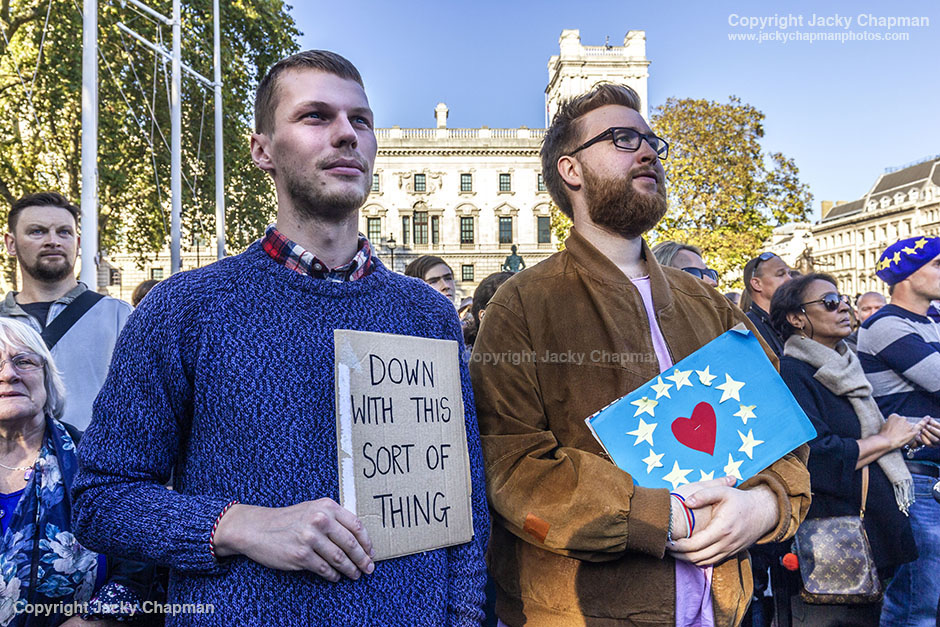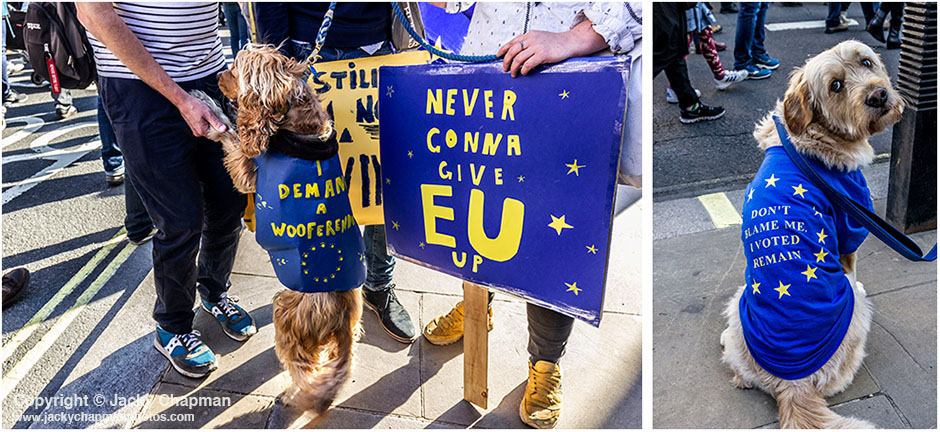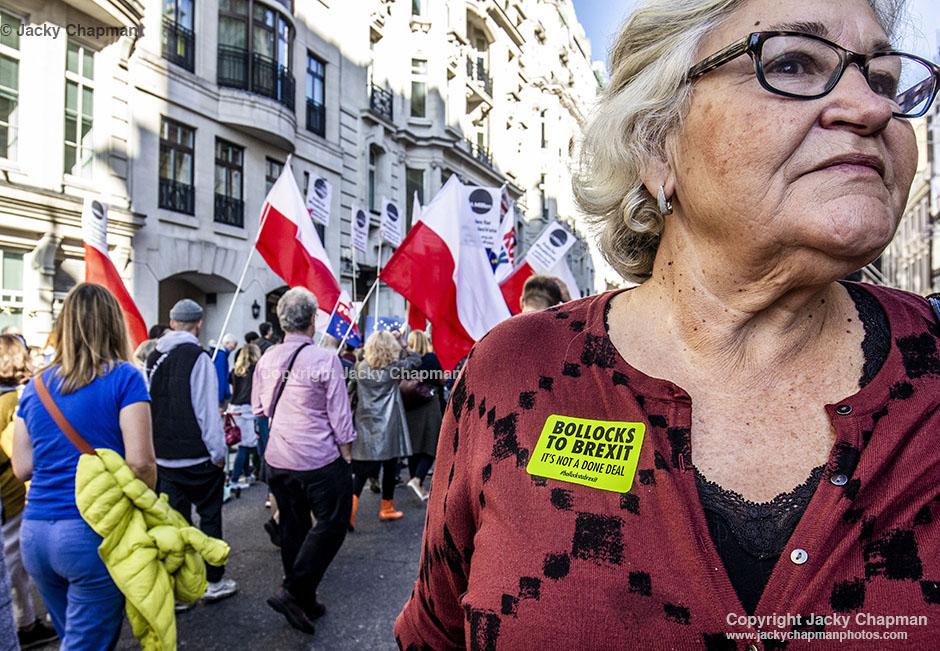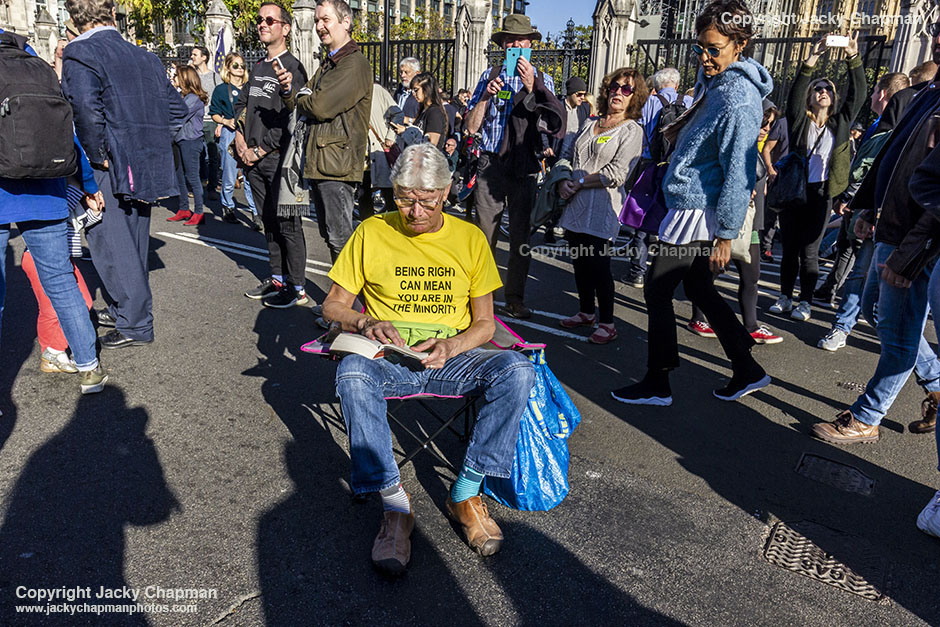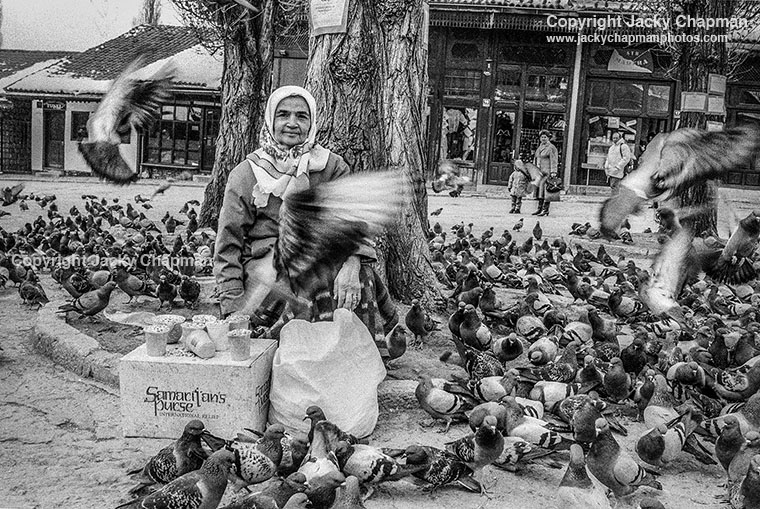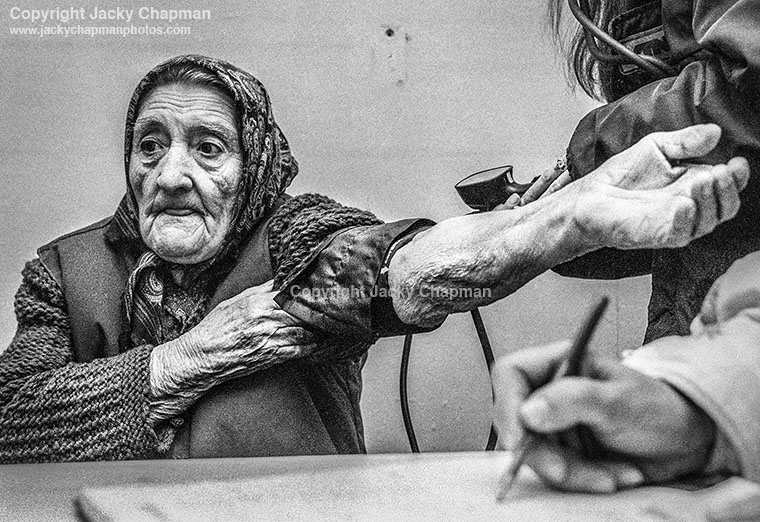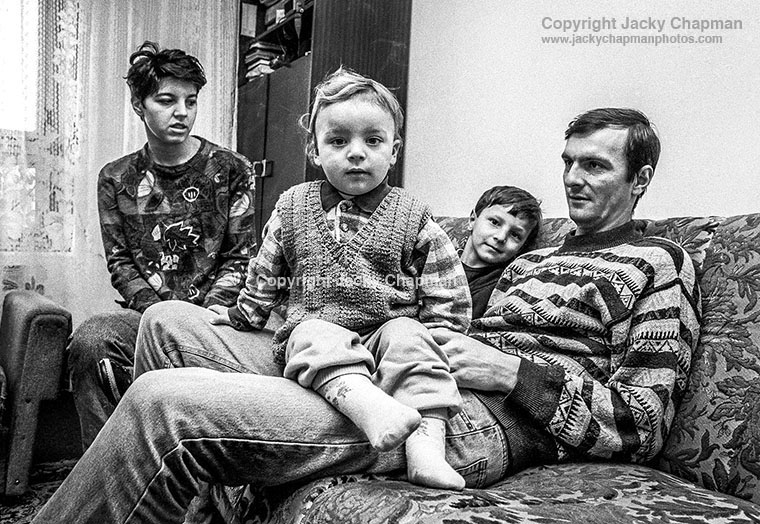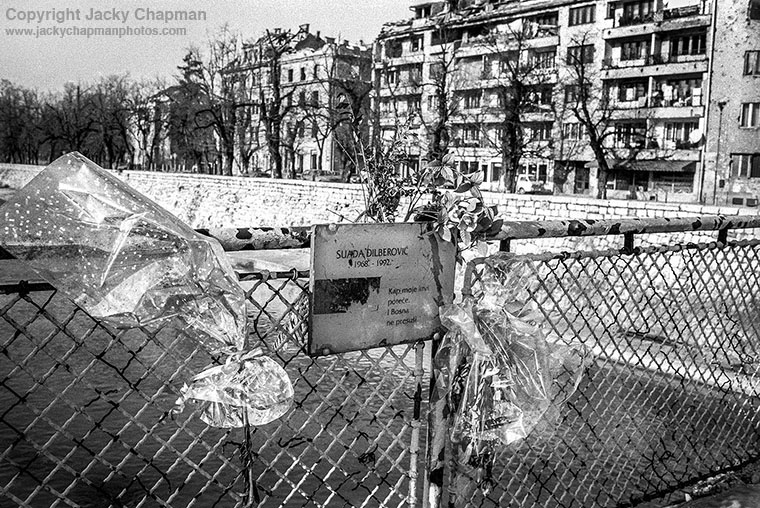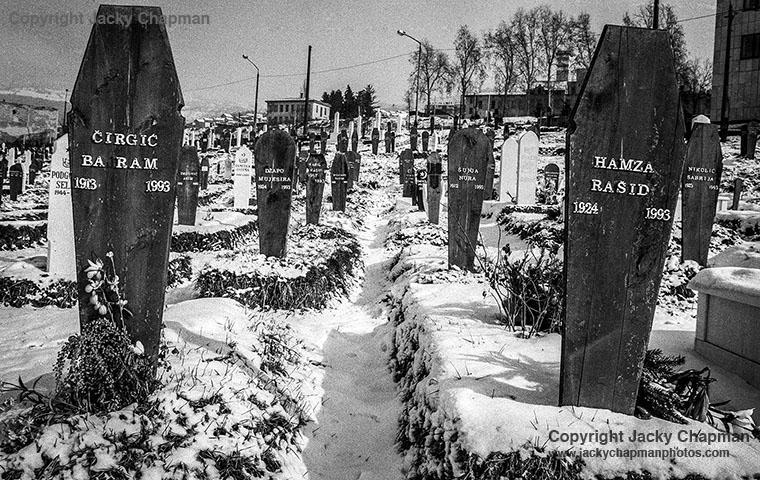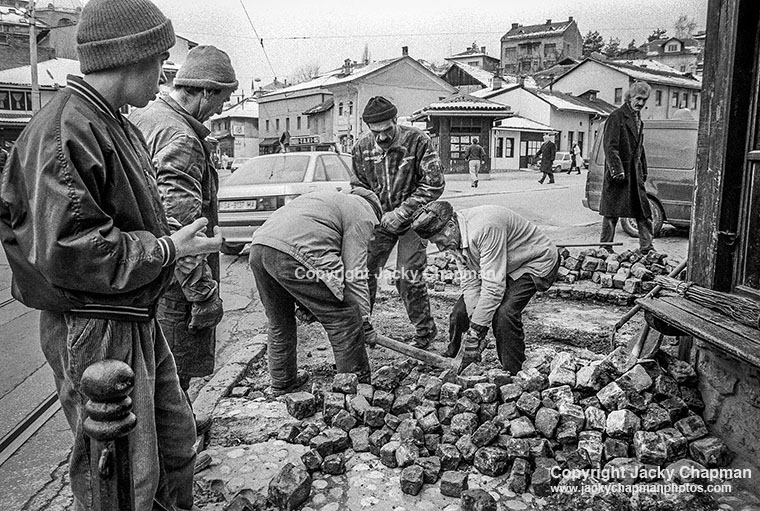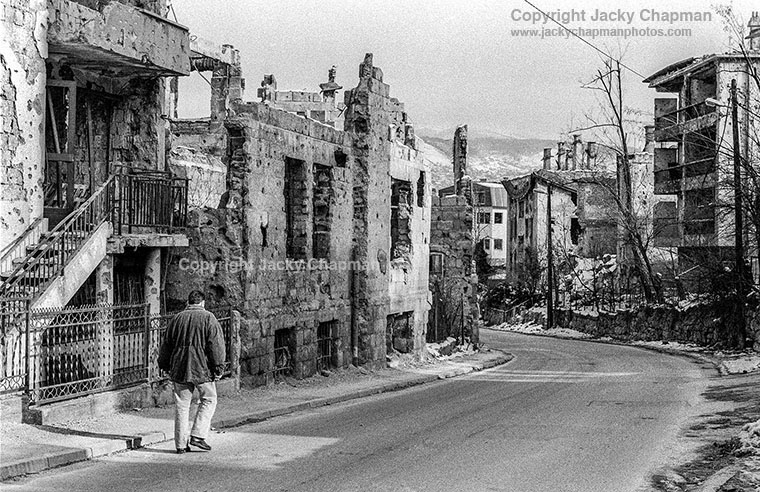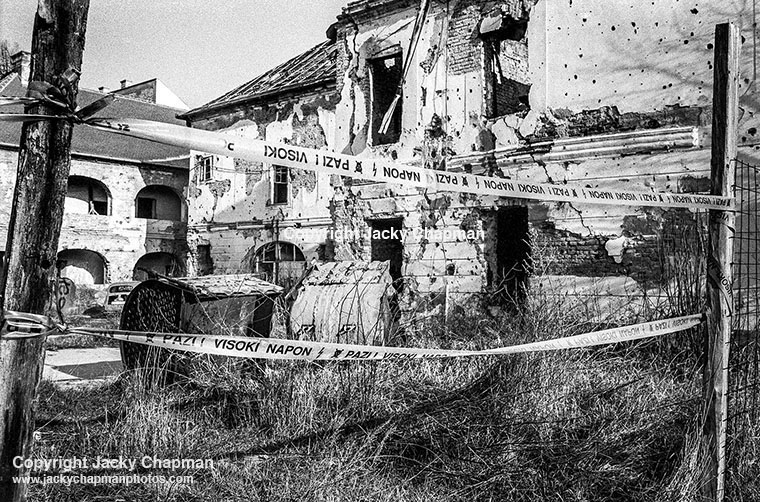“Prague does not have its name for no reason – in truth,
Prague is a threshold between the life on Earth
and Heaven, a threshold much thinner and narrower then in any other places…”
― Gustav Meyrink (author ‘The Golem’)

Strahov Stadium – the world’s largest stadium and second largest sports venue ever built.
Winter in Prague. Our first trip EVER to this ‘City of a Hundred Spires’, with its famous Charles Bridge, Prague Castle, Wenceslas Square, Astronomical Clock, to name but a few noteworthy tourist destinations. Yet on Petřín hill, overlooking this old city of bridges and cobbled streets, sits the imposing, decaying, colossal Strahov Stadium.
We found it by accident. Our entertaining taxi driver, disgusted by the traffic, turned his cab around and went the back way! ‘Interesting,’ we thought, as we peered through steamed up windows to look at the incredible views as we headed uphill. The famous Panelák Tower Blocks (a visible reminder of its Communist past) stretched out on the horizon like an anatomical backbone of Prague.

As the taxi reached the top, a massive abandoned edifice, devoid of tourists (hard to believe in this mecca of tourism), stood before us. I made a mental note to come back to photograph this place!

The playing field is 63, 500 square metres.
So on a bitterly cold winter’s afternoon, whilst the city below huddled warm in the restaurants and bars, we headed up the hill to explore one of Prague’s unexposed landmarks.
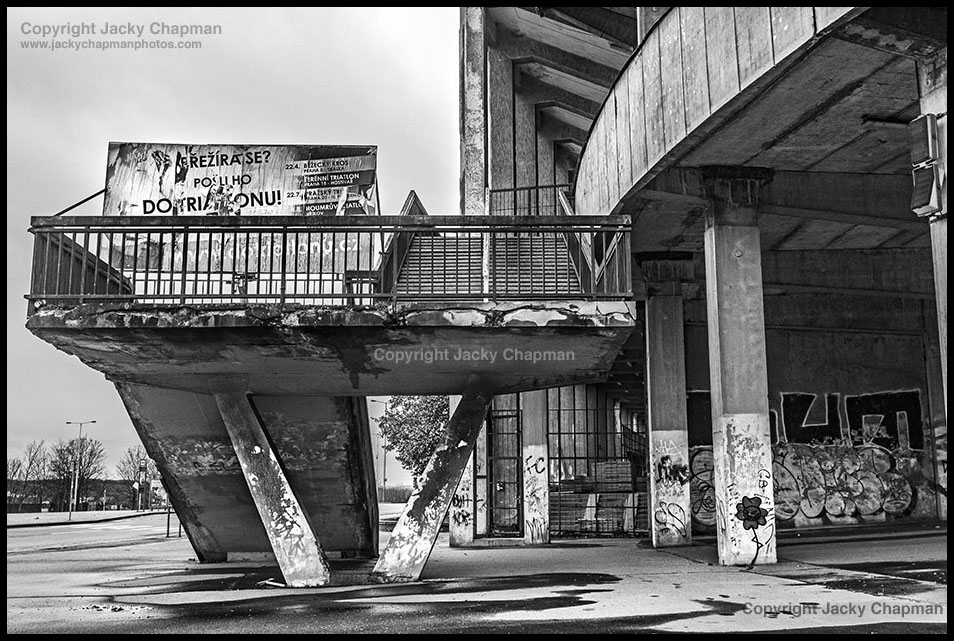
The first impression is its gargantuan size. The scale of this monstrous architectural structure is staggering. It’s quite remarkable to find such an enormous abandoned site in modern day Europe.

Then there’s the colour palette, or in this case, the lack of it. Menacing grey skies juxtaposed next to crumbling dark grey facades, you could just feel the isolation, it breathed an ethereal, wrath-like quality.

The Great Strahov Stadium. Prague, Czech Republic
I must admit I obsessed over all the steps and staircases! Their brulalistic structure created negative and positive shapes, reminiscent of Russian graphics. I regret that I failed to access the stadium itself. Security guards appeared from thin air at the mere thought of crossing the ‘Do not enter’ and ‘No trespassing’ signs!
To some, this complex may look like an eyesore — a crumbling concrete relic sitting like an albatross frozen in time, full of modern day graffiti, political slogans and flaking paint. Yet to others, including me, it evokes a concoction of mixed emotions … exciting, exhilarating, yet slightly terrifying because of its symbolism. I was wandering around part of an historical era I never witnessed — Prague’s painful past — one of the city’s remaining symbols, a final trace of the dark days of 41 years of totalitarian communist rule.
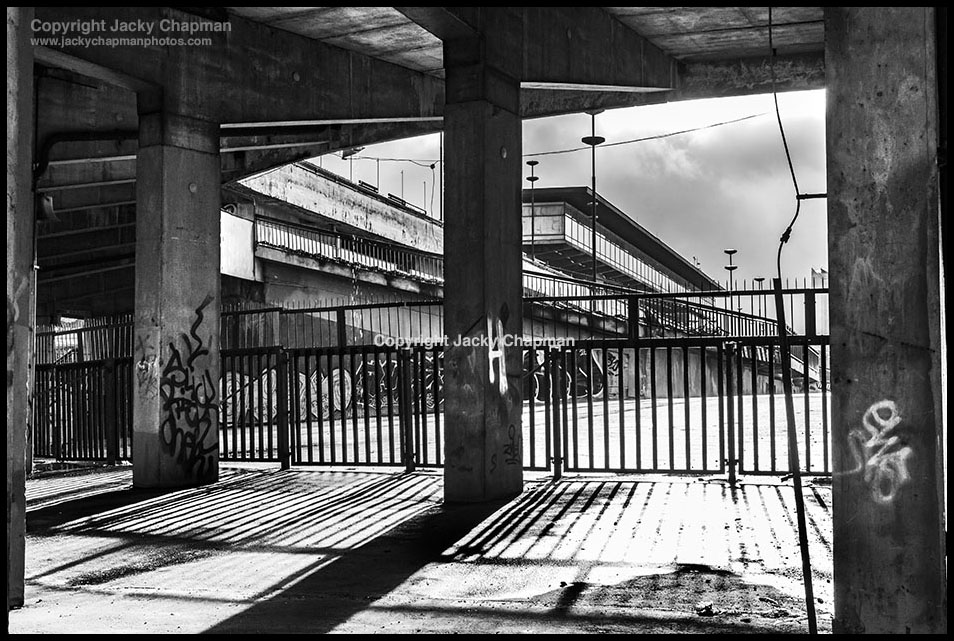
Sporting history
The stadium, originally of wooden construction, was erected in 1926, based on the architectural plans of Alois Dryák (1872 -1932) and used for military parades and sporting events (Sokol movement). By the time Dryák died, concrete had replaced the wooden grandstands, with further major constructions taking place between 1948 and 1975.
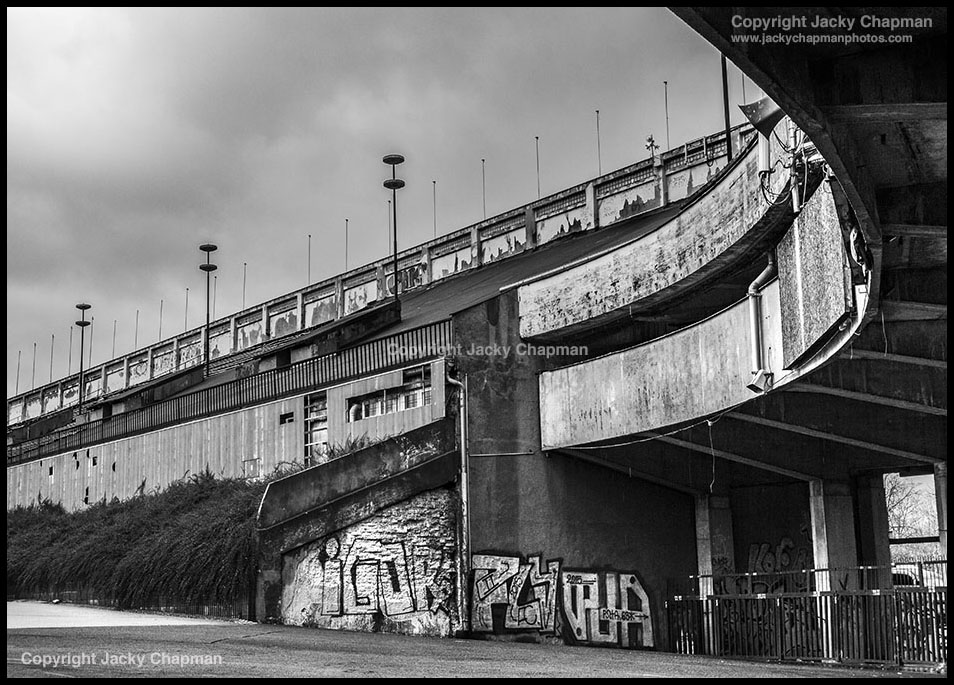
It was during the Communist regime (1948 to the 1989 Velvet Revolution) that the stadium became legendary for mammoth displays of mass synchronised gymnastics, known as the Spartakiada festivals. The first Spartakiad dates to 1955 as a celebration of the 10th anniversary of the Red Army liberation of Czechoslovakia. Subsequent celebrations were held every 5 years. Even though many people volunteered, participation for students and soldiers was obligatory and hence became seen as a symbol of Soviet oppression.
The emphasis was the importance of ‘group’ rather than ‘individual’.
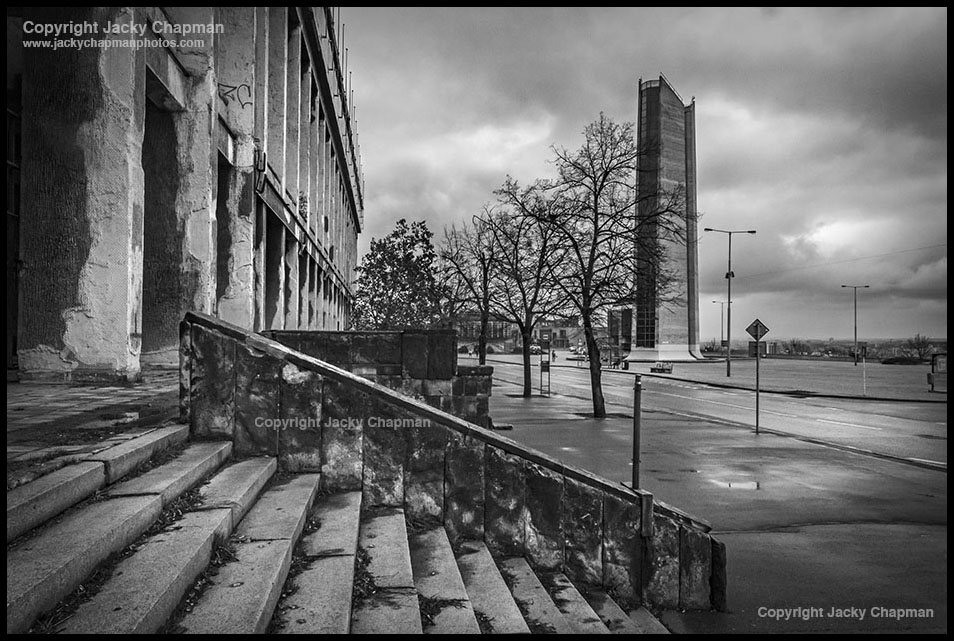
‘Under communism, the symbolic potential of the body was multiplied in the mass gymnastic displays in order to portray society as disciplined, strong, happy and beautiful and thus to legitimize its leadership’.
Politics of Gymnastics: Mass Gymnastic Displays Under Communism in Central and Eastern Europe. Peter Roubal.

Ventilation tower for Strahov tunnel.
At the 1960 event, approximately 750,000 gymnasts performed with over 2,000,000 spectators watching in the stands (Google ‘Spartakiada 1960 Praha’ to see the unbelievable videos on YouTube).
The last Spartakiad was held here in 1985 and the stadium then underwent many transformations, including reinventing itself as a motor racing and a pop/rock concert venue. In 1990, it hosted the Rolling Stone’s with an audience of 150,000. Other notable concerts included Guns N’ Roses, Pink Floyd, Aerosmith to name but a few.
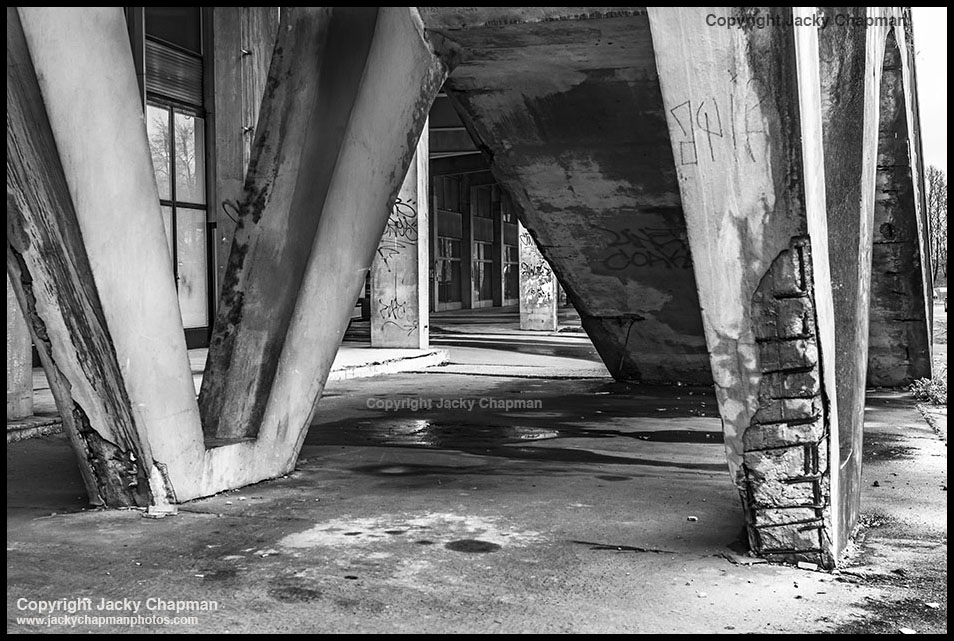
In 2003, part of the stadium was reconstructed to create eight football fields and became the training centre for the Czech football club Sparta Prague. In this same year, it was also listed as one of UNESCO’s cultural heritage sites.
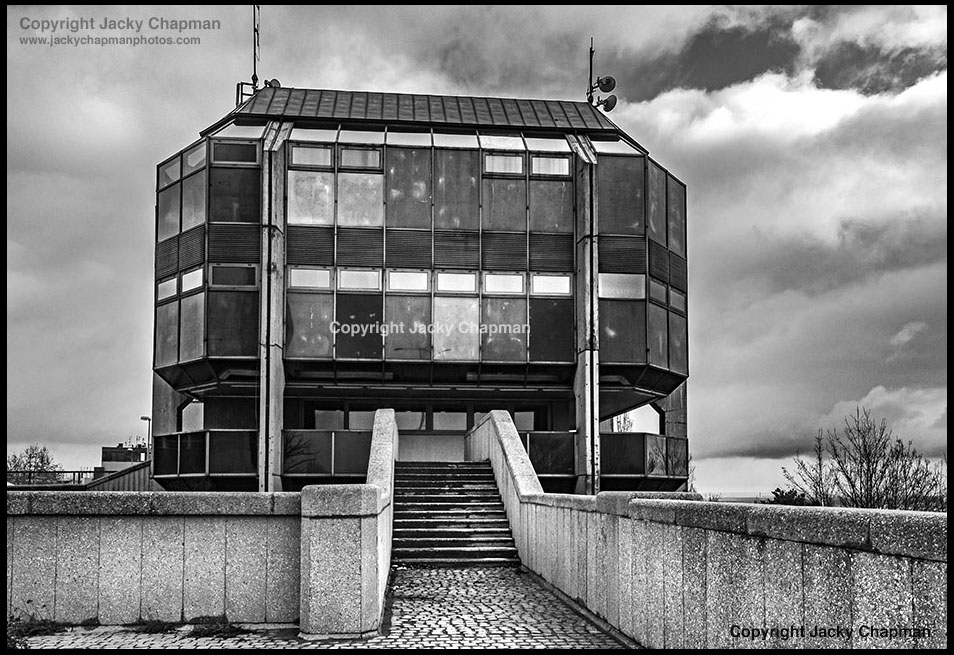
Over the year’s numerous ideas have been floated about the stadium’s future. These included: a shopping centre, hotel, leisure centre, restaurants. All of these idea were withdrawn citing issues with the stadiums’s historical legacy.
In 2014, the city eventually took ownership after resolving a complex set of property ownerships and tenures of the site.
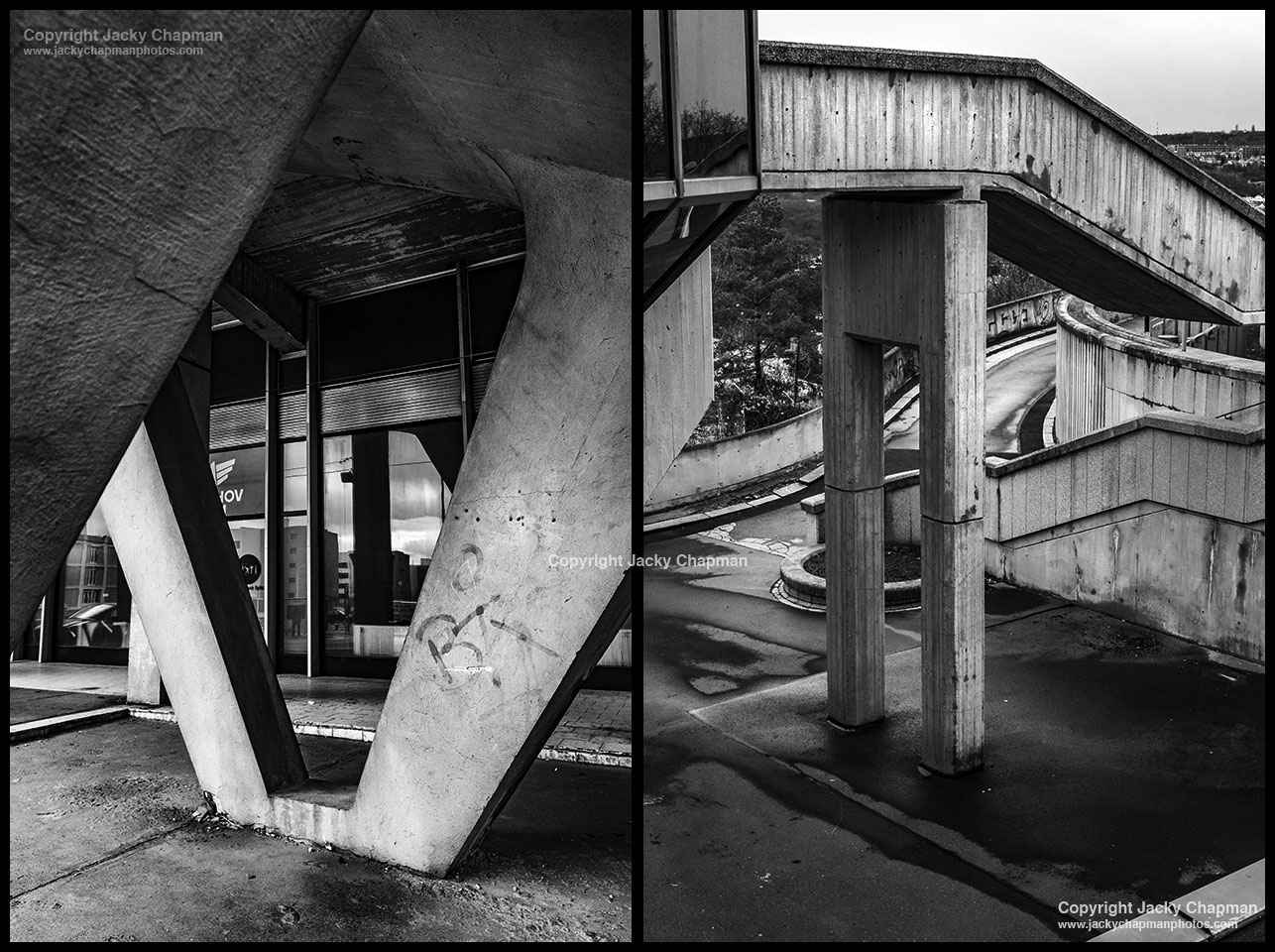
While it’s future still remains undecided, this jaw-dropping edifice remains a memorial to communism, totalitarianism and architectural brutalism.
Even though money making property developers may find it deplorable that so much developable land remains undeveloped, I found it remarkably encouraging that it still stands, abandoned since the 1990’s as a testament, for good or for bad, to times gone by.
If left to rot, the developers will win in the end!












































